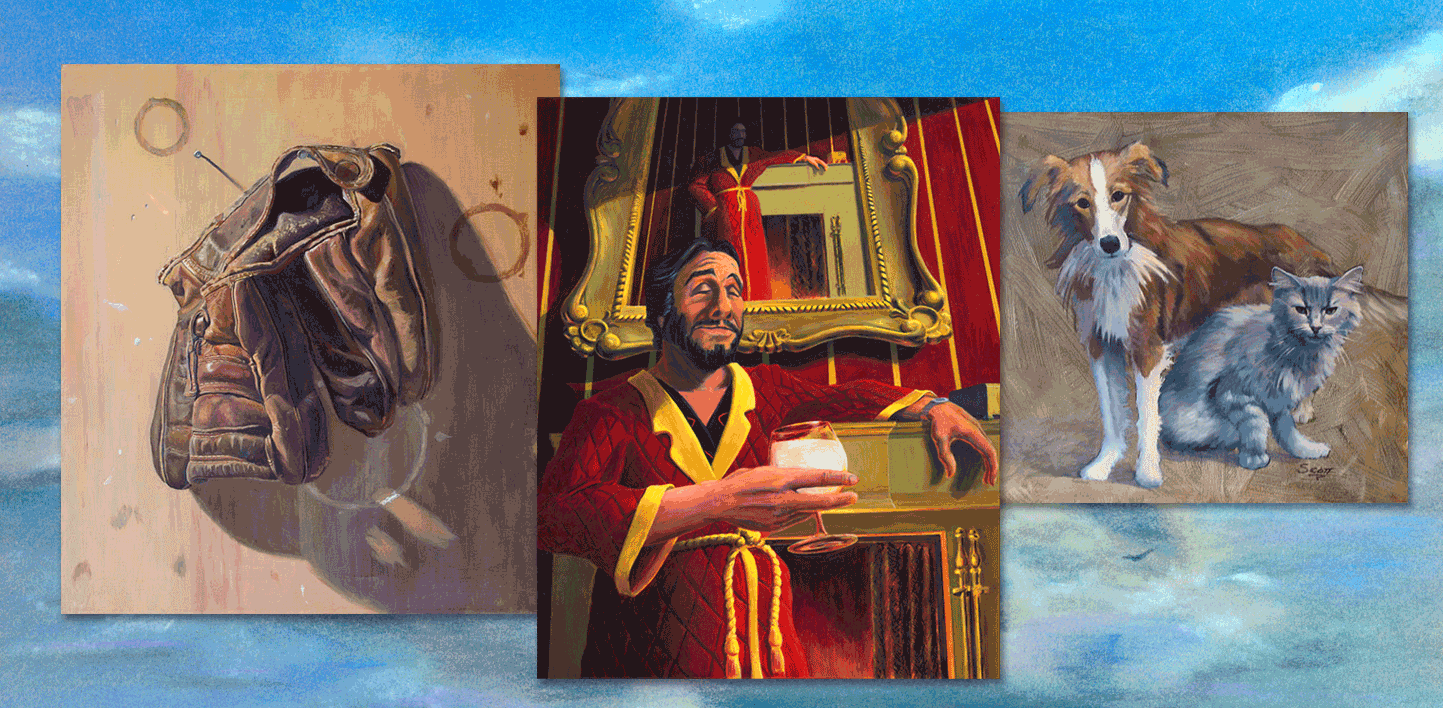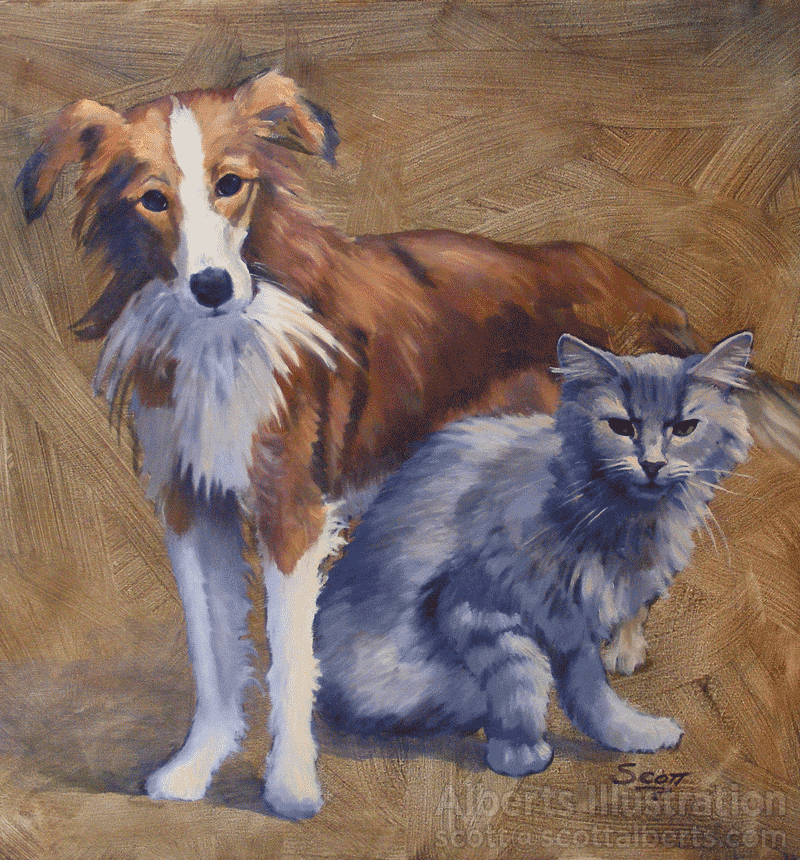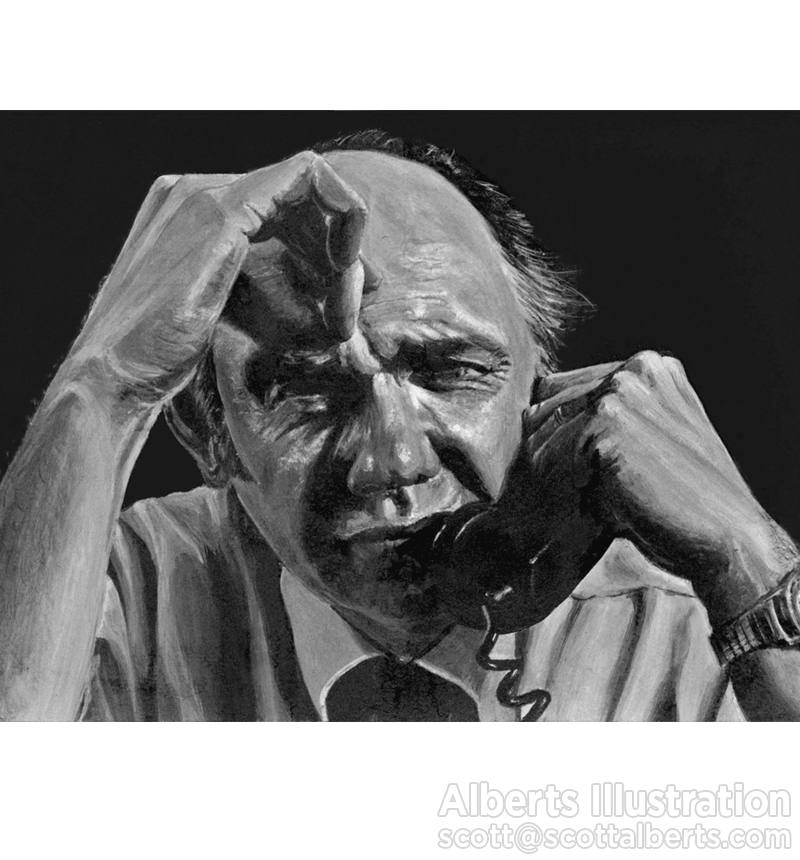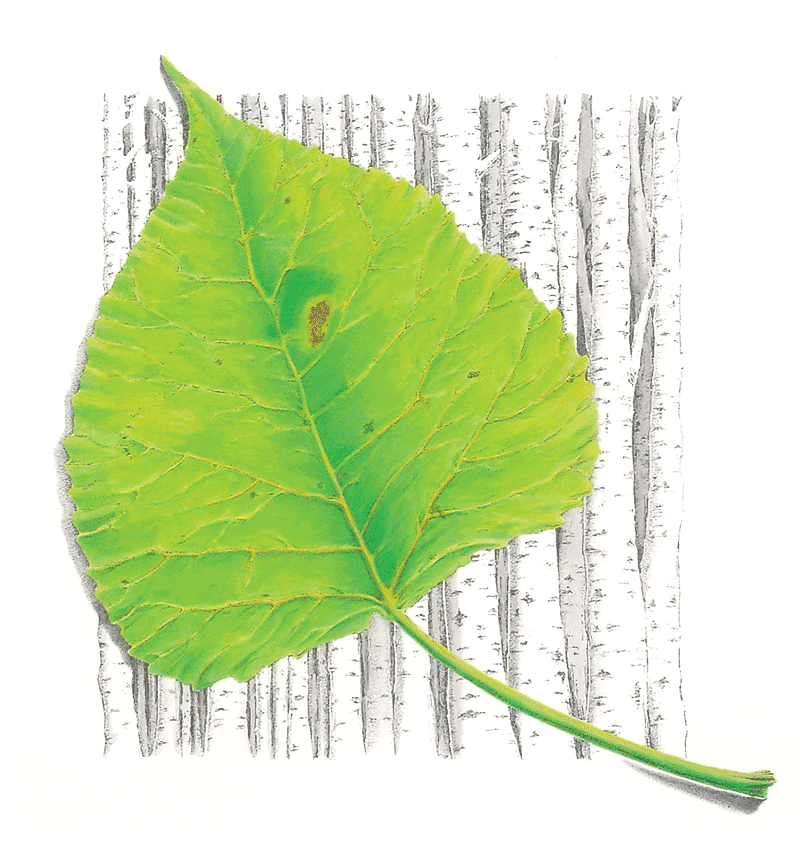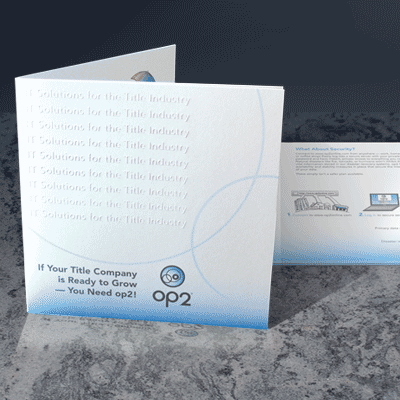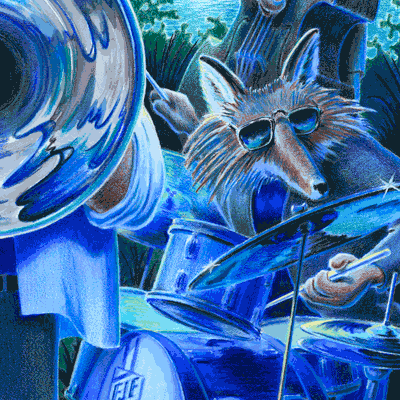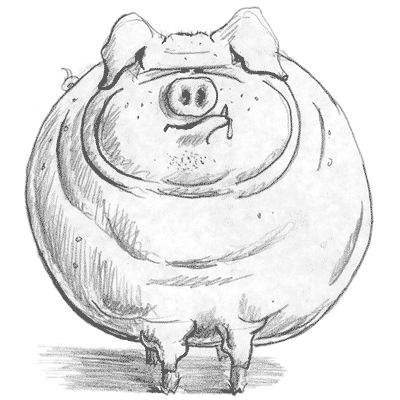I prefer to use painting and other traditional media for illustration work. While there are very few paintings in my portfolio, paints and dyes are used in nearly ALL of my color illustration. My preferred technique is to build the drawing with waterproof ink, and then add color with transparent watercolor. The computer should be a tool — and not a starting point — for creative work.
While all illustration is delivered in digital form for print and electronic media, it doesn’t always originate in the computer. Even when wielded by a professional artist, a computer can yield mechanical, “sterile”-looking images. It’s perfect for mechanical and technical themes, but less desirable for rendering such things as nature themes, animals or characters. Traditional art materials provide a depth of detail and “organic” texture not found in much computer-generated art. We’ve seen stunning results in large-format printing of hand-drawn or painted art, used to create mural-sized works. The textures are captured in high-resolution scans and magnified by an enormous degree. The painting and traditional media I use most often are: From the late 1800s through the mid-20th century, there was not a clear division between fine art and commercial illustration other than the end-use of the art. All artists were trained in classical themes and techniques including figure drawing, color theory, composition, perspective, and traditional media. Many works from the Illustrators of this “Golden Age of Illustration” now hang in our art museums. Original drawings and paintings have a lasting value similar to portraits and privately-commissioned artwork. Since I was trained with a Fine Arts background, I too learned to draw and paint before moving on to master other techniques.
Traditional Media Can Produce Greater Depth
Call Scott at 920-277-1425, or...
You Might Also Like to See...
Portfolio of Freelance Illustration – in Portfolios
Portfolio of Custom Art – in Applications
Portfolio of Book Illustration – in Applications
Portfolio of Theatrical Set Design – in Applications
Portfolio of Realism Art – in Styles
Portfolio of Portraiture – in Themes
Portfolio of Nature Art – in Themes
Related Portfolios
